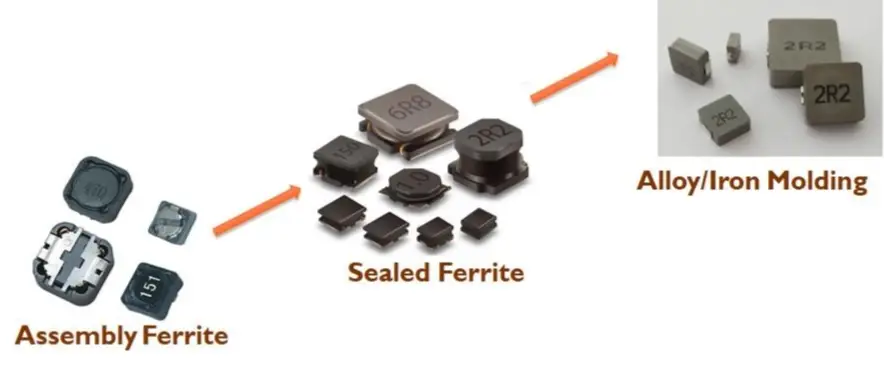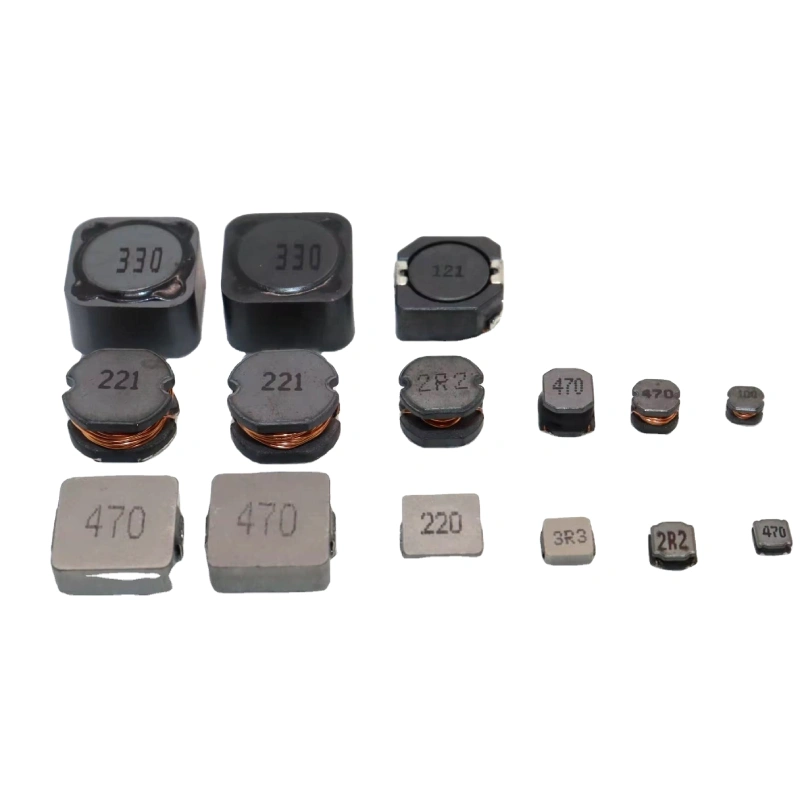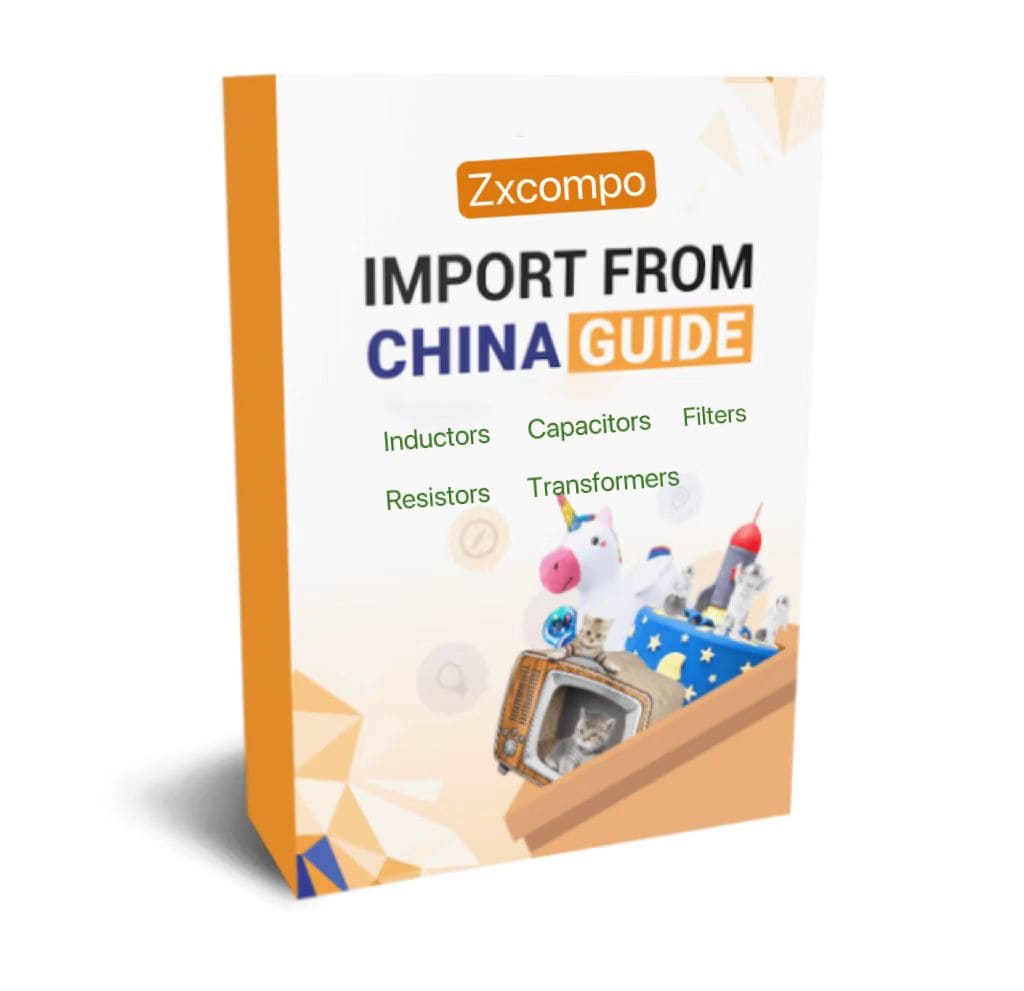Power inductor refers to an inductor that can pass large current. Its application is switching power supply, and it functions as an energy transfer station. Power inductors are currently in three common forms: assembled, magnetically sealed, and integrated.

What is an inductor?
An inductor is a passive electronic component used to store and release electrical energy. It consists of a wire or coil, typically wound around a magnetic core. When current flows through an inductor, the generated magnetic field causes energy conversion between the current and the magnetic field. Inductors store electrical energy based on their inductance value and regulate the flow of current based on the operating frequency. Inductors play a vital role in electronic circuits and find widespread applications in various electronic devices and systems.
How to classify inductors?
Inductors can be classified based on different characteristics and structures. Common types of inductors include coil inductors, toroidal inductors, and multilayer inductors. Coil inductors are made by winding a wire into a coil, typically without using a magnetic core. Toroidal inductors utilize a wire wound around a toroidal shape, often used in high-frequency applications. Multilayer inductors consist of multiple parallel layers of coils, offering high inductance density and compact size advantages. Additionally, inductors can be classified based on their power handling capability, inductance value, and operating frequency range.
What is the working principle of an inductor?
The working principle of an inductor is based on Faraday’s electromagnetic induction law. When current flows through an inductor, the generated magnetic field resists changes in the current. As the current changes, the varying magnetic field induces a voltage across the inductor. According to Faraday’s law, the induced voltage in an inductor is directly proportional to the rate of change of current. The relationship between the induced voltage and current can be expressed by the formula: V = L * di/dt, where V is the induced voltage, L is the inductance value, and di/dt is the rate of change of current. By controlling the inductance value of an inductor, the rate of current change can be adjusted, allowing for control and regulation of current in a circuit.
Applications of inductor
Inductors find extensive applications in the field of electronics. They are commonly used in filters, resonant circuits, power management, voltage regulation, signal transmission, and impedance matching. In AC power supplies, inductors are used to reduce power supply noise and stabilize output voltage. In DC-DC converters, inductors are employed for energy storage and current smoothing. Inductors also play a significant role in areas such as communication, radio, audio devices, and automotive electronics, where they are used for signal filtering, interference suppression, and performance enhancement.
Conclusion
Inductors, as essential electronic components, enable the regulation of current and energy by storing and releasing electrical energy. They play a critical role in various electronic devices and systems, providing efficient and reliable performance. Inductors come in diverse types and characteristics, allowing for selection and customization based on application requirements. Whether in energy management, communication, power conversion, or signal processing, inductors are indispensable components for achieving stable and high-quality circuit performance.
ZXcompo is a manufacturing company specializing in custom inductors, capacitors, resistors, and more. Find high-quality passive electronic components for your projects. If you have product needs and inquiries. Please contact us now: sales@ZXcompo.com







